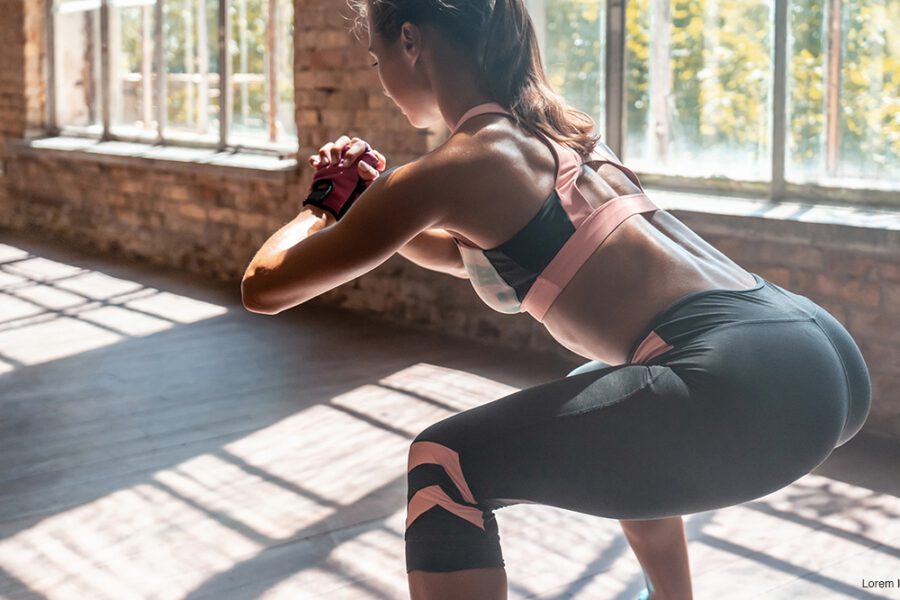What You Should Know About Working Out When You're Sore
Your muscles are sore. Should you work out or rest? In this article we will explain if you should exercise when you're sore.
When you're performing an intense workout (e.g. lifting to failure), your muscle fibers get damaged and begin to break down. DOMS (Delayed onset muscle soreness) is the pain and stiffness felt in muscles several hours to days after unaccustomed or intense exercise.
The soreness is felt for about 24 to 72 hours after the workout. The other is acute muscle soreness, which appears immediately after exercise.
Then your body will start the healing process. It can take about 48 hours (on average) to fully heal these muscle fibers.
After proper rest (good sleep and proper nutrition), your body will heal to make these muscle fibers larger, which will make you stronger.
More information on rep ranges: Understand Hypertrophy: The Best Rep Range To Build Muscle
Once you start exercising for the first time in a while, you will probably feel sore after every workout. However, as you get more experienced, this feeling will occur less frequently.
However, this doesn't mean that you're not making any progress. You can still build muscle, get stronger and burn fat if you do a workout that doesn't make you sore.
Every workout will target your muscle fibers differently. Some muscle fibers won't even be damaged, thus won't need the same amount of rest to heal.
We've explained the different muscle fibers in this article: Fast-Twitch vs. Slow-Twitch Muscle Fibers
Let's say you're doing a really light run for about an hour. Since this run will primarily target your slow-twitch (type 1) muscle fibers, which are more resistant to fatigue. This means you could do a leg workout the next day, which will primarily focus on fast-twitch muscle fibers (4-6 rep ranges).
This could also work the other way around. If you've performed sprints on day 1 (or a leg workout), which targets mainly fast-twitch (type 2) muscle fibers. This also means you could do a light run the next day where you will primarily target slow-twitch (type 2) muscle fibers. This is called active recovery and will cover this subject in the next section.
Here’s a workout that will make you sore:
You can see the bigger picture now. Not every workout will target the same muscle fibers, which means certain workouts will require more rest than others.
Many athletes like to do active recovery after having an intense workout, which has shown to have the same benefits as a getting a massage. The discomfort of muscle soreness will be reduced as you start moving your body.
Examples of active recovery:
- Light yoga session
- Dynamic stretching
- Static stretching
- SMR: Self-myofascial release, e.g. foam rolling
- Go for a light walk, run, swim...
Benefits of active recovery on muscle soreness:
- Help with mobility
- Avoid creating tension
- Prevent injuries
- Help you keep moving
Muscle soreness should only feel uncomfortable, but it should not feel like a sharp pain.
Injuries will usually reduce your function in this specific area, with sharp pain and swelling. If this feels like an injury, it's recommended to rest to prevent further damage. You should ask a specialist if you have doubts.
- DOMS (Delayed Onset Muscle Soreness) usually happens after an intense (close to failure) workouts.
- Muscle soreness doesn't happen after every workout.
- It tends to take 48 hours for your muscles to fully heal.
- A light intensity workout will not need the same rest as an intense (close to failure) workouts.
- Active recovery will help recover faster and prevent stiffness.
- Ask a specialist if you're having doubts between soreness and injury.
